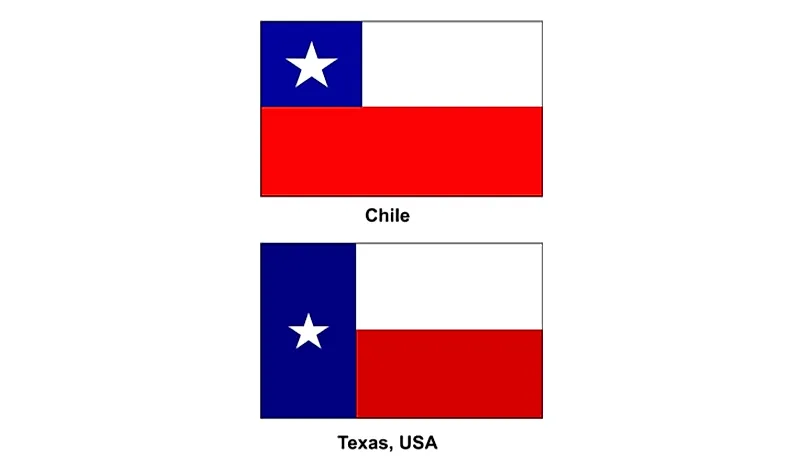The capital city of the Isle of Man is called Douglas, pronounced in Manx as Doolish. It’s positioned directly at the mouth of River Douglas taking up two miles of the river’s bay. River Douglas is a strategic feature in the capital city as it acts as the town's harbor and also as the main commercial port. Until the 18th century, Douglas was a small town with a small population until it was exposed to the English Port of Liverpool. The moving of the Lieutenant Governor’s residence, the High Courts, and the legislative offices from Castletown, also saw an upsurge of the population in the town.
According to a census conducted in the year 2011, Douglas has a population of 27,938. This figure shows a small increase in population from the year 2001 which was 25,347. Considering the whole country’s population is 84,497, Douglas is inhabited by 33% of the Isle of Man’s population. This figure goes to emphasize the fact that Douglas is the biggest city in the Isle of Man after Ramsey which has a population of 7,309 and Peels with a population of 3,781. The least populated town is Laxey which has a population of 1,768.
Douglas is very rich regarding attractions and items of interest to tourists. Some of the points of interest in the Isle of Man include the Tower of Refuge, a castle-like building that was constructed for shipwrecked sailors, and The Douglas Head, the horse pulled trams that are common in spring and in early autumn. Steam trains can also be found in Douglas. The trains run from the Railway station in Douglas to Port Erin. Apart from the many historical structures that attract tourists, the annual TT Races start and end in Douglas by the Glencrutchery Road.
There is a weather station close to Douglas in a town called Ronaldsway which is about 7 miles away. The highest temperature recorded in the weather station was 28.9 degrees Celsius, which was recorded in July of 1983.This was rare because on average temperatures above 25 degrees Celsius are recorded only 0.8 days in a year. Between 1981 to 2010 an average of 14.5 days of air frost were documented per year. The lowest temperature recorded in Ronaldsway Weather station was −9.1 degrees Celsius. This temperature low was experienced in December of 1961.
This page was last modified on May 1st, 2018
More on Graphicmaps

Published on 2019-11-06
What is a Trade Embargo?

Published on 2019-11-04
Which Two Countries Used to Have the Same Flag?

Published on 2019-09-16
What Is the Only Two-Sided State Flag?

Published on 2019-09-16
Which Country Flag Looks Like the Texas Flag?

Published on 2019-08-29
Flags That Resemble the US Flag

Published on 2019-08-20
